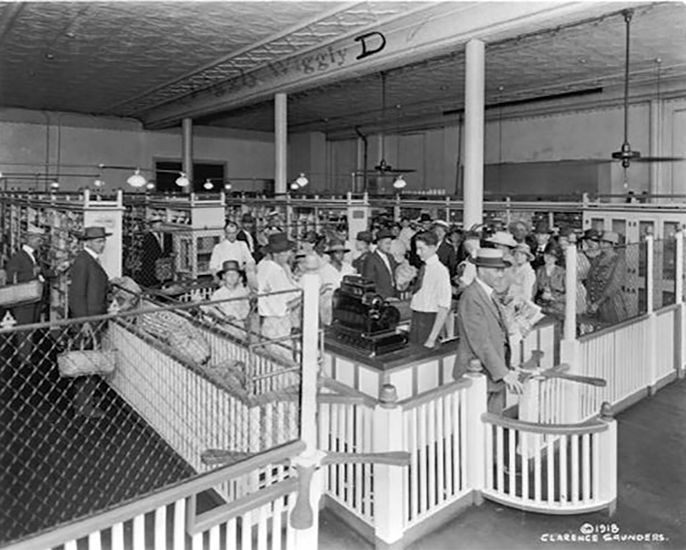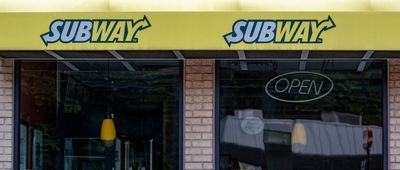Days of Swine and Groceries
In the early 20th century, the entire grocery shopping experience was a chore. Shoppers had to bring a list to a clerk, who would then go around the store, gather up all the requested items and bring them to the shopper, who then had to pay whatever price the clerk quoted. In 1916, however, everything changed when a visionary grocer named Clarence Saunders opened the country's first Piggly Wiggly, forever altering the way Americans buy food. The iconic chain's impact is still evident in grocery stores around the world today. In honor of Saunders' paradigm shift, and the chain's 100-year-plus history, here are 10 things you likely didn't know about America's first grocery store chain.



















